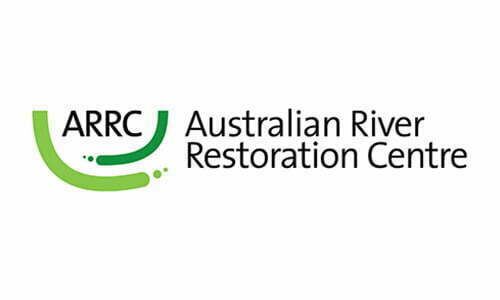Working together to protect and restore our threatened Australian native plant species
Prepared by David Taylor and Siwan Lovett
Prepared by David Taylor and Siwan Lovett
Learning more about the threatened native plants in our region enables us to integrate the protection and restoration of these species into our river and land management efforts.
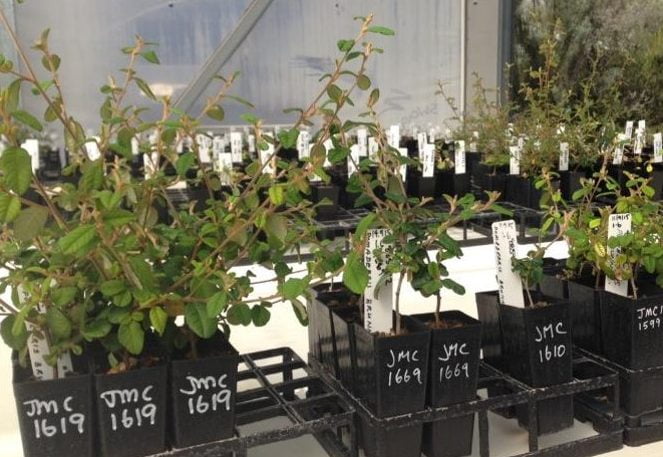
This powerful quote from David sums up why we at Rivers of Carbon are entering a new partnership with the Australian National Botanic Gardens to protect and restore our threatened native plant species:
We are all advocates and custodians for our special flora and our effort, discoveries and actions enrich and protect our environment and deliver a better understanding and connection to out natural heritage…improving our wellbeing…
David gave a fascinating talk at our Kentgrove Community Conversation that began by highlighting the enormous diversity of native plants in the Goulburn region alone, and how fortunate we are to live in this amazing country. He described how Australia’s plant collection is unique in the world and ours to celebrate:
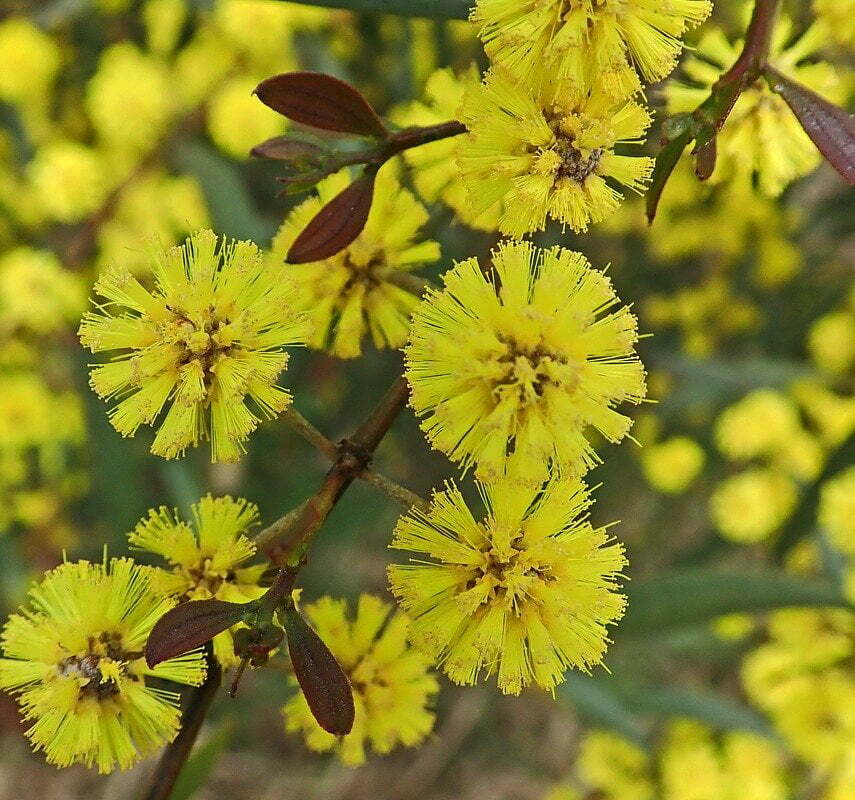
A diverse collection of Australian plants attracts and supports much native wildlife and is vital to our overall economy.


Well, in Australia:
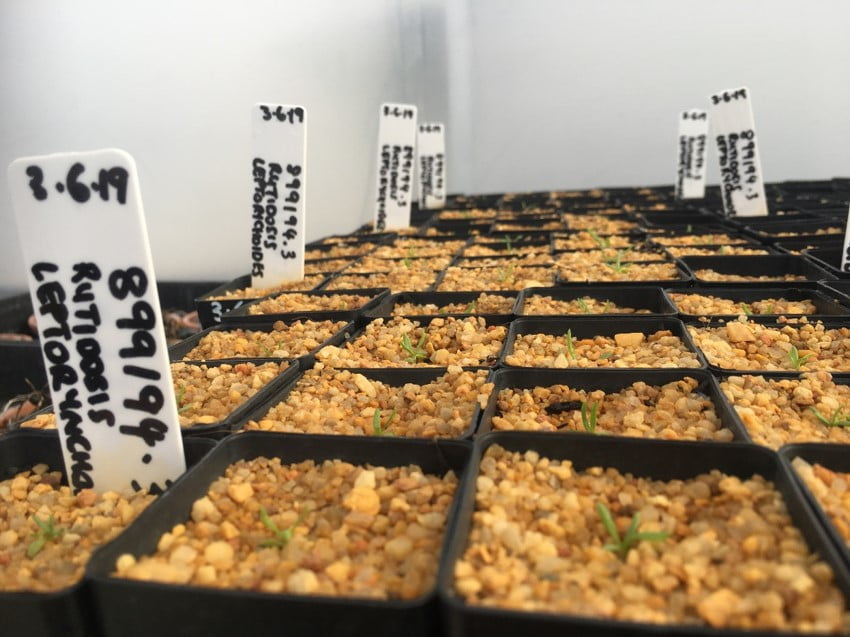
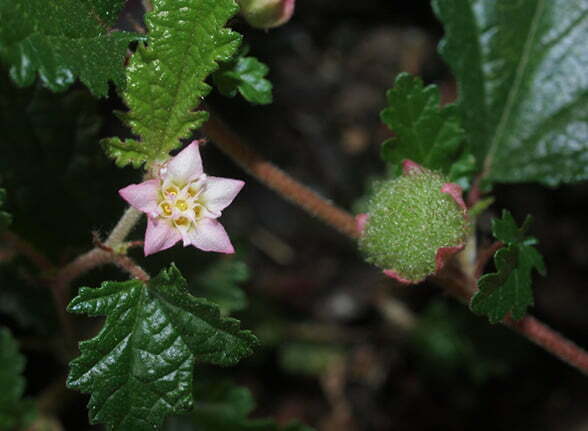
Commersonia prostrata – Rowes Lagoon
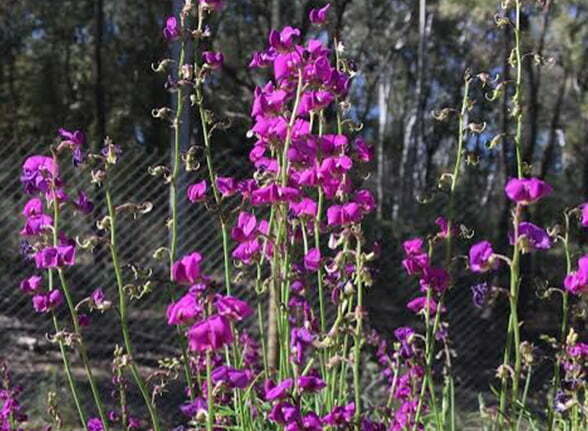
Swainsona recta (national listed as threatened)
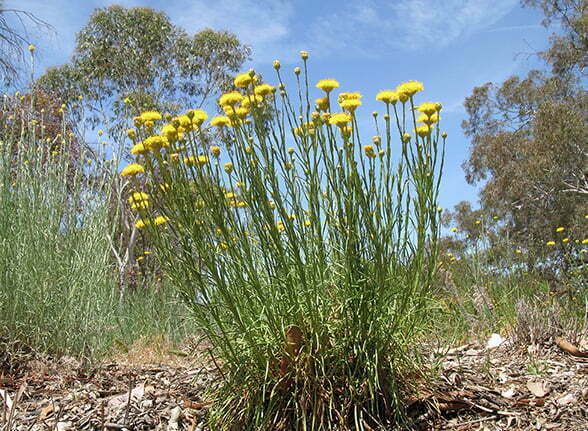
Rutidosis leptorrhynchoides (national listed as threatened)
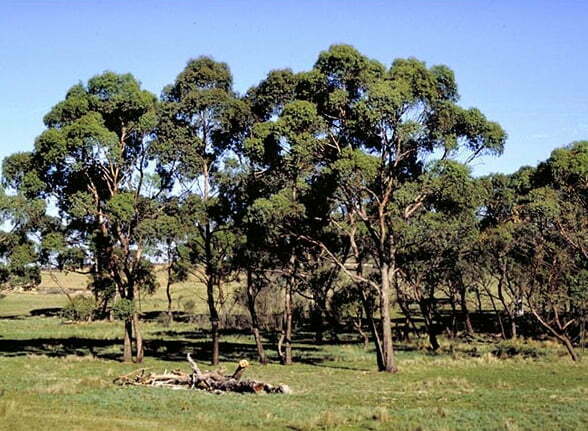
Eucalyptus aggregata
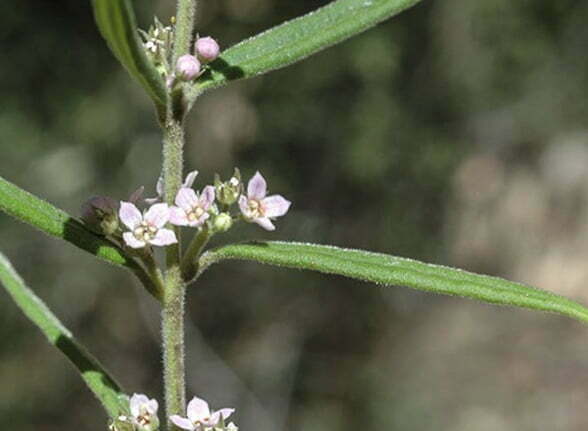
Zieria murphyi – Penrose area
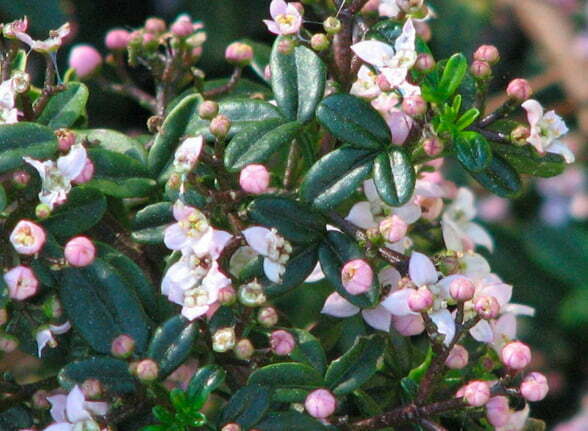
Zieria tuberculata – Cambewarra
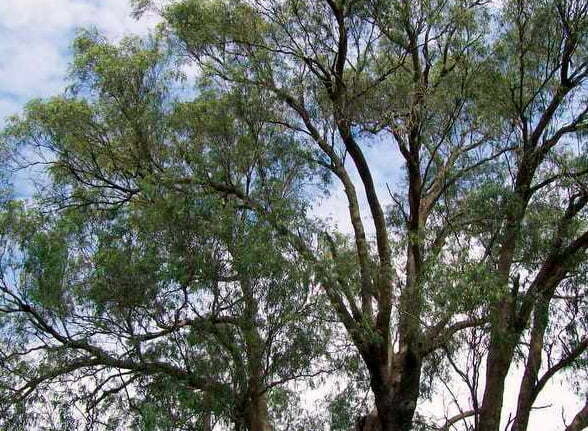
Eucalyptus macarthurii – Paddys River Box, Camden Woollybutt
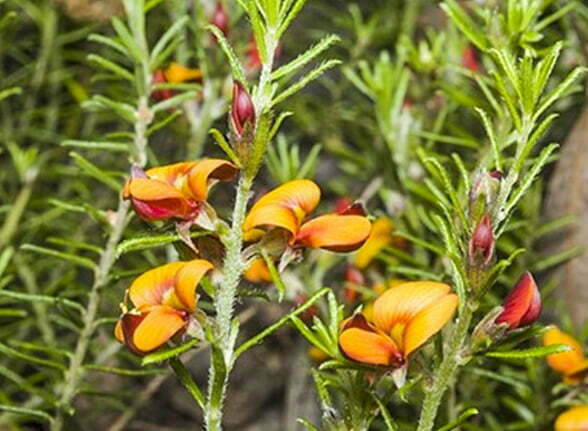
Phyllota humifusa — Dwarf Phyllota
As Australians and custodians of our natural capital, we can all play a part in helping to secure the future of these threatened native plants. We are focussing on partnerships and multidisciplinary approaches as the keys to achieving good outcomes. Working closely with land managers is important so that they can inform us about the research questions we investigate and then apply our research results on-ground.
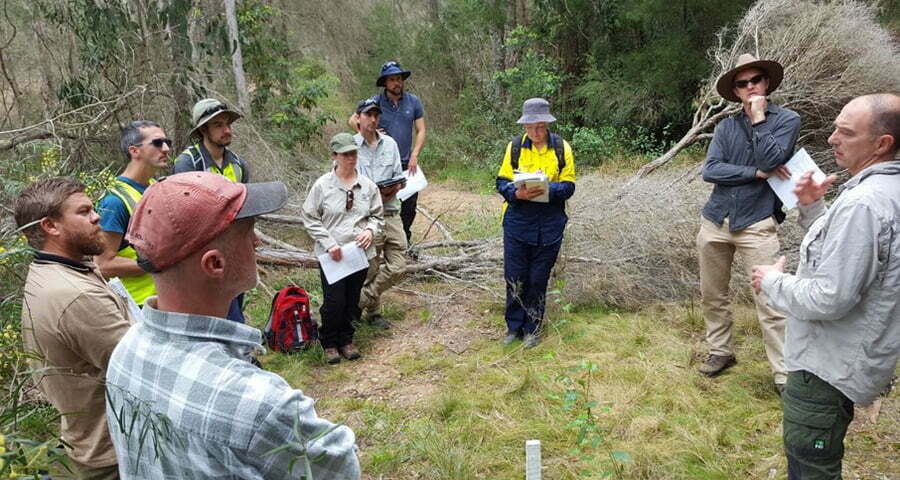

By involving land managers we can look at ways to extend our ability to grow, collect and bank these threatened species so we don’t lose them from our living collections. In New Souh Wales there are Threatened Species Officers across the country who are keen to work collaboratively with land managers to look at new and innovative ways to tackle plant conservation challenges. You can find out more at the New South Wales Government website – click here.
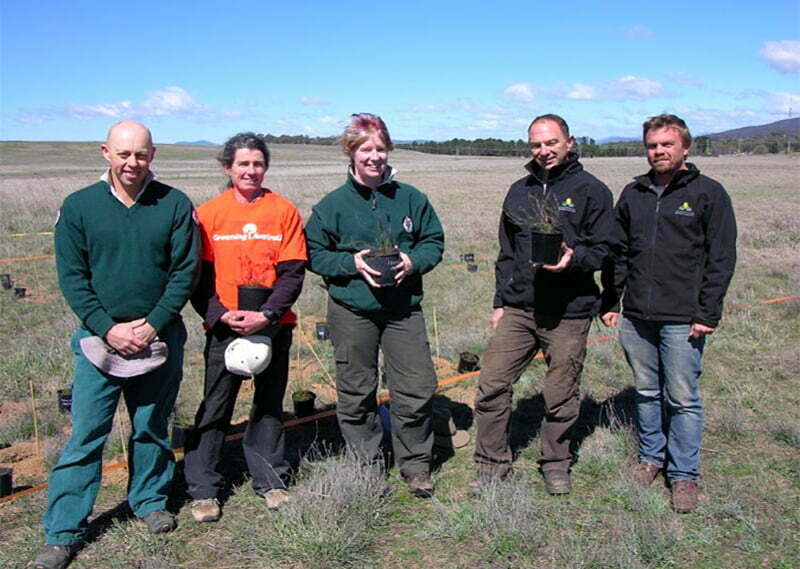
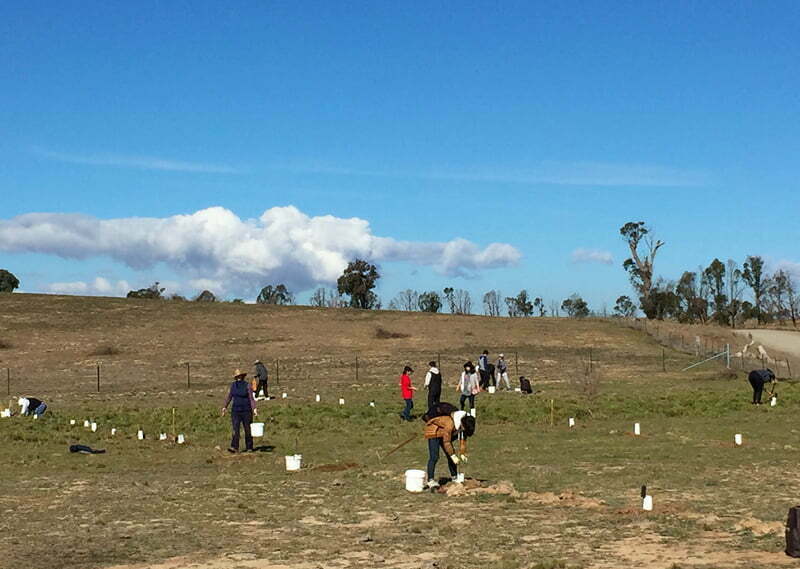
By working together we can all do more to protect and restore threatened native plant species and Rivers of Carbon will keep you up to date with the unfolding of our partnership with the Australian Native Botanic Gardens.
In the meantime, David recommended some useful tools and references to find out more about threatened species in your area:
Pomaderris is a genus of approximately 70 species that are found only in Australia and New Zealand, 65 of which are spread mainly across south-eastern Australia. Many of the species have a restricted distribution and some are listed as rare or threatened under state and commonwealth legislation. A significant threat facing many Pomaderris species is the limited distribution and low abundance of plants.
The Australian National Botanic Gardens is leading a collaborative partnership of government bodies, research institutions, national parks, land managers, custodians and botanic gardens, all contributing to a Pomaderris conservation project funded by the NSW Environment Trust. The three-year project will involve the collection of seed and cutting material from Pomaderris populations across NSW and the ACT.
All images directly supplied by or reproduced by Rivers of Carbon, with permissions from the copyright owner(s), unless stated otherwise.



